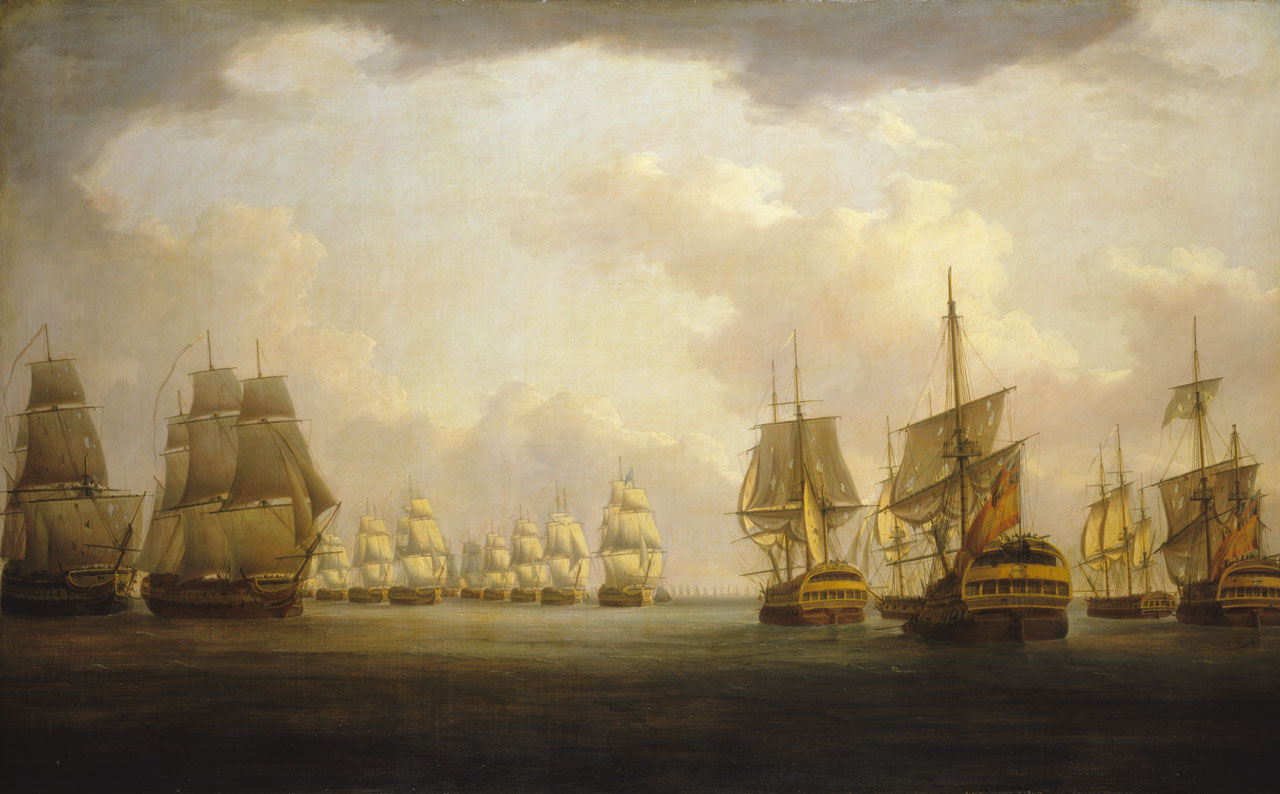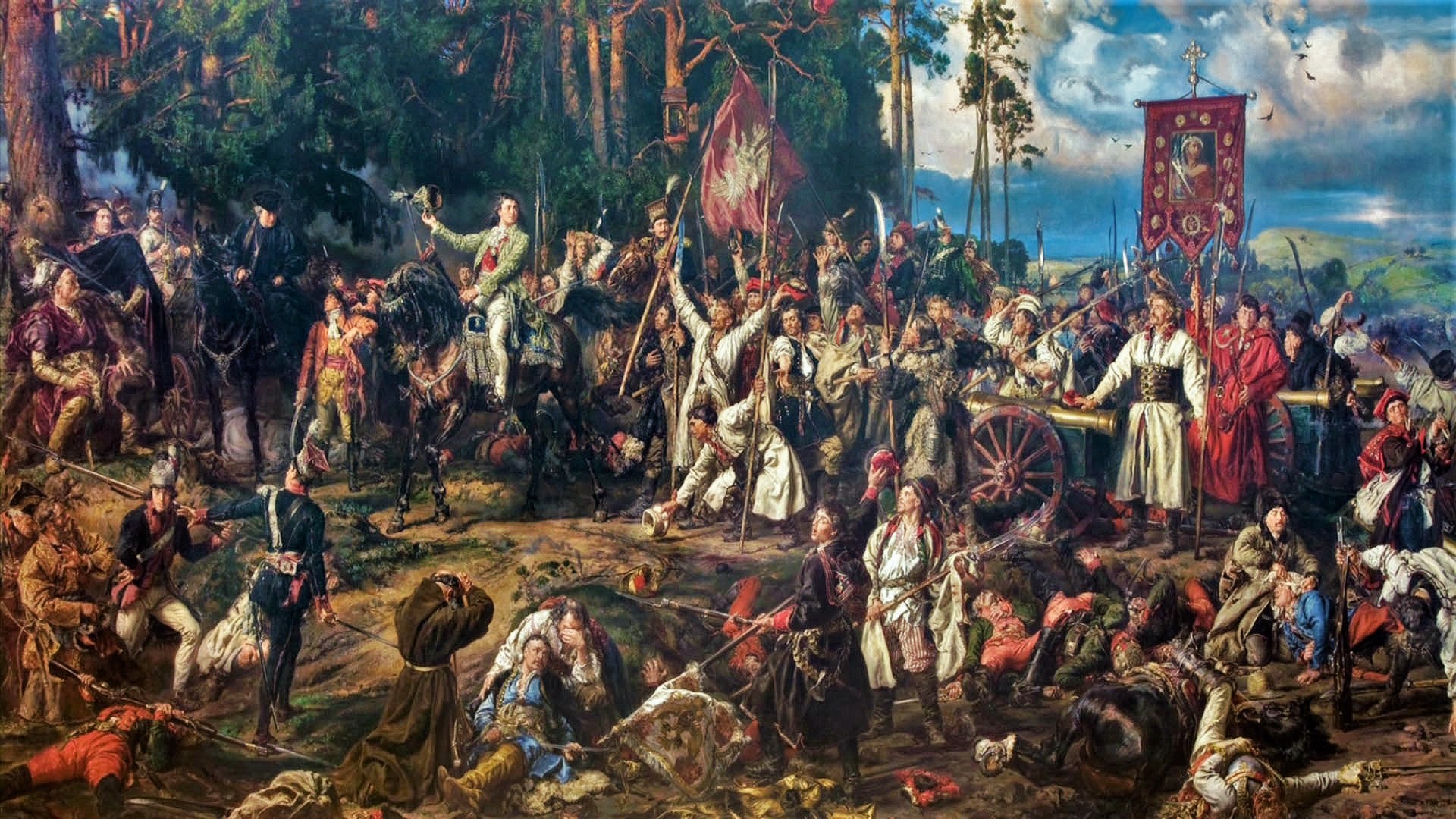|
HMS Attack (1794)
HMS ''Attack'' was launched in 1794 as a ''Conquest''-class gunvessel for the Royal Navy. She had an uneventful career and the Navy sold her in 1802. Career Lieutenant Thomas Eyre Hinton commissioned ''Attack'' in February 1795. In 1795 she served in Sir Sidney Smith's inshore squadron. , , , , and the gun-brigs and ''Attack'' shared in the proceeds of the capture on 6 July 1795 of the ''Latitia''. Between July and October 1796 ''Attack'' was at Portsmouth being coppered and receiving sliding keels. Lieutenant Joseph James took command in 1798. ''Attack'' spent 1799 escorting convoys in the Channel. In April she recaptured ''William'', Rowell, master, which had been sailing from Newry to London when a French privateer had captured her. On 14 August 1800, ''Attack'' sent into Plymouth ''Christian'', Odding, master, which had been sailing from Bordeaux to Hamburg. Fate ''Attack'' was paid off in 1801. She was sold at Sheerness in September 1802. Crew John Toup Nicolas ... [...More Info...] [...Related Items...] OR: [Wikipedia] [Google] [Baidu] |
Shipbuilding In Frindsbury
Frindsbury TQ744697 is a parish on the River Medway, on the opposite bank to Chatham Dockyard in Kent, England. It was a centre of ship building before 1820, building at least six 74 gun third rate ships of the line and many smaller vessels. From 1820, until recent times, the ship yards built over 100 Thames sailing barges. Shipbuilding has stopped but in 2006, one yard was still active in ship repair. Ships Quarry House Yard Edward Greaves and Nicholson set up at the Quarry House yard in c.1745. The full list of ships built is unknown but two of the later ones were:Merrily to Frendsbury-A History of the Parish of Frindsbury. Derek Barnard. Private Pub. City of Rochester Society. post 1994. *1785 —32 gun frigate was part of a squadron off the coast of Genoa in 1794 under the command of Captain Horatio Nelson. *1786 —74 gun designed by Sir Thomas Slade. Laid down in 1783, she was launched on 6 October 1786 and commissioned on 19 July 1790. Nicknamed the "Billy Ruffian". She d ... [...More Info...] [...Related Items...] OR: [Wikipedia] [Google] [Baidu] |
Builder's Old Measurement
Builder's Old Measurement (BOM, bm, OM, and o.m.) is the method used in England from approximately 1650 to 1849 for calculating the cargo capacity of a ship. It is a volumetric measurement of cubic capacity. It estimated the tonnage of a ship based on length and maximum beam. It is expressed in "tons burden" ( en-em , burthen , enm , byrthen ), and abbreviated "tons bm". The formula is: : \text = \frac where: * ''Length'' is the length, in feet, from the stem to the sternpost; * '' Beam'' is the maximum beam, in feet. The Builder's Old Measurement formula remained in effect until the advent of steam propulsion. Steamships required a different method of estimating tonnage, because the ratio of length to beam was larger and a significant volume of internal space was used for boilers and machinery. In 1849, the Moorsom System was created in the United Kingdom. The Moorsom system calculates the cargo-carrying capacity in cubic feet, another method of volumetric measurem ... [...More Info...] [...Related Items...] OR: [Wikipedia] [Google] [Baidu] |
Carronades
A carronade is a short, smoothbore, cast-iron cannon which was used by the Royal Navy. It was first produced by the Carron Company, an ironworks in Falkirk, Scotland, and was used from the mid-18th century to the mid-19th century. Its main function was to serve as a powerful, short-range, anti-ship and anti-crew weapon. The technology behind the carronade was greater dimensional precision, with the shot fitting more closely in the barrel thus transmitting more of the propellant charge's energy to the projectile, allowing a lighter gun using less gunpowder to be effective. Carronades were initially found to be very successful, but they eventually disappeared as naval artillery advanced, with the introduction of rifling and consequent change in the shape of the projectile, exploding shells replacing solid shot, and naval engagements being fought at longer ranges. History The carronade was designed as a short-range naval weapon with a low muzzle velocity for merchant ships, ... [...More Info...] [...Related Items...] OR: [Wikipedia] [Google] [Baidu] |
Chase Gun
A chase gun (or chaser), usually distinguished as bow chaser and stern chaser, was a cannon mounted in the bow (aiming forward) or stern (aiming backward) of a sailing ship. They were used to attempt to slow down an enemy ship either chasing (pursuing) or being chased, when the ship's broadside could not be brought to bear. Typically, the chasers were used to attempt to damage the rigging and thereby cause the target to lose performance. Bow chasers could be regular guns brought up from the gundeck and aimed through specially cut-out ports on either side of the bowsprit, or dedicated weapons made with an unusually long bore and a relatively light ball, and mounted in the bow. Stern chasers could also be improvised, or left permanently in the cabins at the stern, covered up and used as part of the furniture. Development In the Age of Sail, shiphandling had been brought to a high art, and chases frequently lasted for hours or sometimes days, as each crew fine-tuned their sail ... [...More Info...] [...Related Items...] OR: [Wikipedia] [Google] [Baidu] |
Royal Navy
The Royal Navy (RN) is the United Kingdom's naval warfare force. Although warships were used by Kingdom of England, English and Kingdom of Scotland, Scottish kings from the early medieval period, the first major maritime engagements were fought in the Hundred Years' War against Kingdom of France, France. The modern Royal Navy traces its origins to the early 16th century; the oldest of the British Armed Forces, UK's armed services, it is consequently known as the Senior Service. From the middle decades of the 17th century, and through the 18th century, the Royal Navy vied with the Dutch Navy and later with the French Navy for maritime supremacy. From the mid 18th century, it was the world's most powerful navy until the World War II, Second World War. The Royal Navy played a key part in establishing and defending the British Empire, and four Imperial fortress colonies and a string of imperial bases and coaling stations secured the Royal Navy's ability to assert naval superiority ... [...More Info...] [...Related Items...] OR: [Wikipedia] [Google] [Baidu] |
Sidney Smith (Royal Navy Officer)
Admiral Sir William Sidney Smith (21 June 176426 May 1840) was a British naval and intelligence officer. Serving in the American and French revolutionary wars and Napoleonic Wars, he rose to the rank of Admiral. Smith was known for his offending character and penchant for acting on his own initiative, which caused a great deal of friction with many of his superiors and colleagues. His personal intelligence and enterprise led to his involvement in a variety of tasks which involved diplomacy and espionage. He became a hero in Britain for leading the successful defence of Acre in 1799, thwarting Napoleon's plans of further conquest in the Sinai. Napoleon Bonaparte, reminiscing later in his life, said of him: "That man made me miss my destiny". Early life and career Sidney Smith, as he always called himself, was born into a military and naval family with connections to the Pitt family. He was born at Westminster, the second son of Captain John Smith of the Guards and his ... [...More Info...] [...Related Items...] OR: [Wikipedia] [Google] [Baidu] |
John Toup Nicolas
Rear Admiral John Toup Nicolas RN CB KH KFM (1788–1851) was a Royal Navy commander. Life He was the eldest son of Lieutenant (Commander) John Harris Nicolas R.N. (1758–1844) and his wife, Margaret Blake. He was born on 22 February 1788 at East Looe in Cornwall. He was the brother of antiquarian Nicholas Harris Nicolas 1st Lt Paul Harris Nicolas RM and Lt Keigwin Nicolas RN. His wider family nearly all had military or naval connections. He entered the Royal Navy in 1797 as a boy (first class volunteer) but was not allowed at sea until he was older (11 in February 1799) then serving as on a gunboat HMS Attack serving at the Dartmouth station. In September 1799 he was promoted to midshipman and transferred to the huge 74-gun HMS Edgar under Captain Edward Butler serving in the English Channel. He and Captain Butler left the ship together (indicating that Nicolas was perhaps his valet) and together moved to HMS Achille. After a brief spell apart on HMS Naiad he rejo ... [...More Info...] [...Related Items...] OR: [Wikipedia] [Google] [Baidu] |
1794 Ships
Events January–March * January 1 – The Stibo Group is founded by Niels Lund as a printing company in Aarhus (Denmark). * January 13 – The U.S. Congress enacts a law providing for, effective May 1, 1795, a United States flag of 15 stars and 15 stripes, in recognition of the recent admission of Vermont and Kentucky as the 14th and 15th states. A subsequent act restores the number of stripes to 13, but provides for additional stars upon the admission of each additional state. * January 21 – King George III of Great Britain delivers the speech opening Parliament and recommends a continuation of Britain's war with France. * February 4 – French Revolution: The National Convention of the French First Republic abolishes slavery. * February 8 – Wreck of the Ten Sail on Grand Cayman. * February 11 – The first session of the United States Senate is open to the public. * March 4 – The Eleventh Amendment to the United States Constituti ... [...More Info...] [...Related Items...] OR: [Wikipedia] [Google] [Baidu] |




